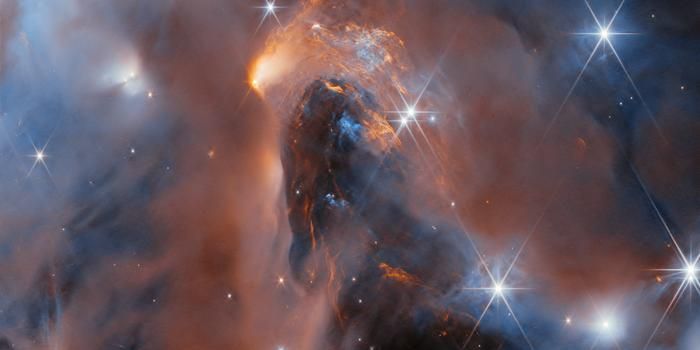Mars' Environment is More Hostile Than Originally Thought
We’ve been sending rovers to Mars for years to find out whether or not the red planet has the means to support life, and soon, Mars 2020 rover will continue where older rover missions have left off.
Image Credit: Pixabay
While we haven’t found traces of life on Mars yet, scientists are anxious about any opportunities to learn of the presence of extraterrestrial bacteria, or other more advanced life forms that we’ve never seen before.
It seems like it's possible on paper, but Scottish researchers recently published a study in the journal Scientific Reports that elaborates on how the Martian environment could be harsher for organic life than we originally realized, which has negative implications.
Related: What happened to Mars' atmosphere?
The study took a closer look at the presence of perchlorates known to exist on Mars and studied the effects ultraviolet radiation had on them. They found that the perchlorates underwent a chemical reaction when exposed to ultraviolet light that was detrimental to organic matter, namely a specific bacterial test subject known as Bacillus subtilis.
The presence of iron oxides and hydrogen peroxide on Mars' dry and lifeless surface may also exacerbate the cell destruction process in organic matter.
While the study did only focus on just one bacteria, it illustrates how potentially unforgiving the Martian environment could be towards organic life forms. On the other hand, since it only focused on one bacterial species, it was a narrow study that didn't look at the bigger picture and needs expansion.
“Life can survive very extreme environments,” says lead study author Jennifer Wadsworth “The bacterial model we tested wasn’t an extremophile so it’s not out of the question that hardier life forms would find a way to survive.”
Related: Here's what a trip to Mars would be like
Since Mars lacks an ozone layer, ultraviolet radiation easily reaches the surface of the planet. This means ground-based perchlorates are exposed to ultraviolet rays day in and day out.
That said, while the surface of Mars is potentially inhabitable for some species, the sub-surface could have an entirely different set of rules. Ultraviolet radiation can't reach the sub-surface as easily, so this could be the most likely hiding place for Martian life.
“Although the surface of Mars may be uninhabitable, there’s a whole potential subsurface habitat to be explored,” Wadsworth continued. “If that’s the case we may have to dig at least a few meters into the ground to ensure the levels of radiation would be relatively low. At those depths, it’s possible Martian life may survive.”
Any future human visitors that might find their way to Mars in coming years will be forced to live inside of habitation modules to protect them from from the Martian elements. Space suits may serve as mobile protection against said elements during missions where leaving the habitation module is required.
This will be challenge for mankind, but if history repeats itself, we'll find a way.
Source: Popular Science









